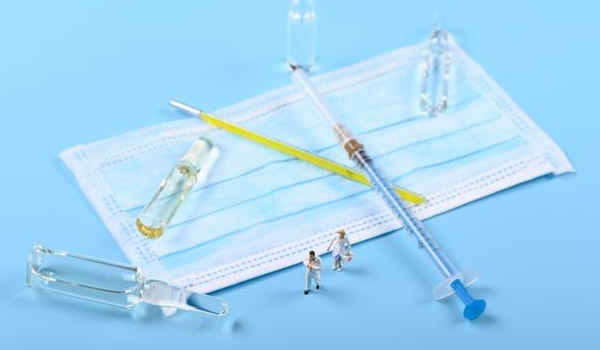Acne scars aren’t just skin-deep—they affect confidence and mental health. For many across Asia, post-acne hyperpigmentation and pitted scars are common challenges, especially on darker skin tones.

Understanding Types of Acne Scars
There are several kinds:
- Atrophic (depressed) scars: boxcar, ice pick, rolling
- Hypertrophic scars: raised, often on jaw or chest
- Post-inflammatory hyperpigmentation (PIH): more common in melanin-rich skin

Treatment Comparison
- Laser (fractional CO2, erbium) – effective but risky for darker skin if not done by experts
- Microneedling with PRP – stimulates collagen, safe across skin types
- Topicals – retinoids, azelaic acid, and vitamin C help PIH
- Chemical peels – glycolic and mandelic acid are commonly used in Asia
- K-beauty & J-beauty – rice water, snail mucin, and centella extract-based products
Regulatory Advisory
Only licensed dermatologists should perform invasive treatments like laser or deep peels. Always patch test new topicals.
FAQ
Q: Can acne scars be removed completely?
A: Some can fade significantly, others require ongoing care.
Q: Is microneedling safe at home?
A: Professional treatments are safer, especially for deep scarring.
User Comments
- “PRP helped my acne scars, but it took 4 sessions.”
- “Vitamin C and sunscreen made the most difference in my PIH.”
Editor’s Note
Scar recovery takes time. Choose methods that suit your skin type, not just trends.